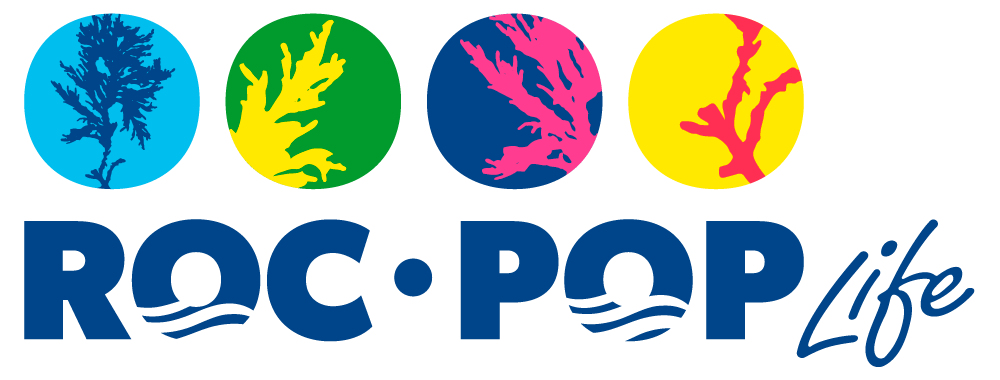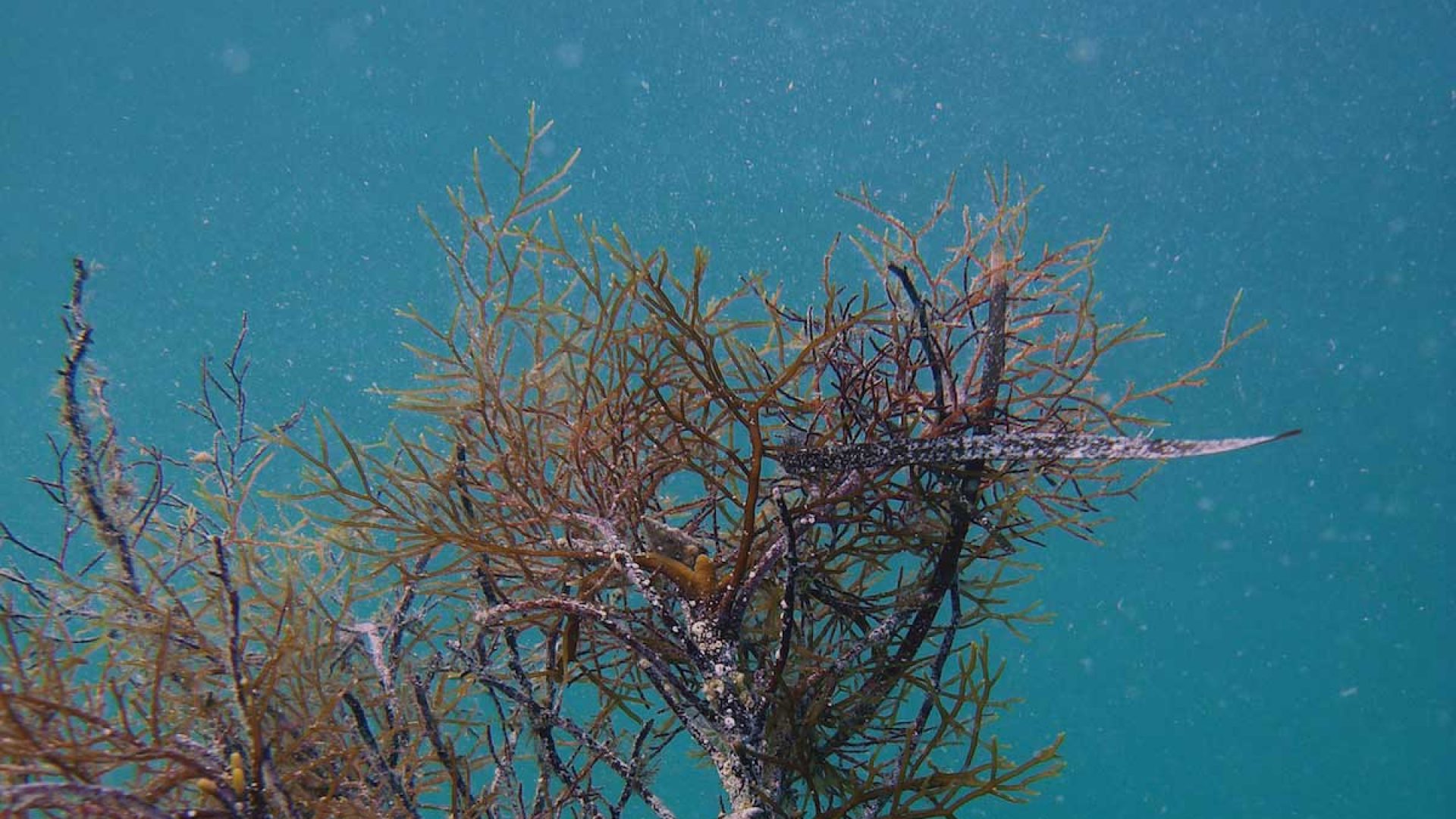Description
This action is needed to prevent vandalism, mitigate possible threats (i.e. control and prevention of the herbivorous pressure), to monitor the re-population progress, to support results assessment and to provide data and media for dissemination.
All the foreseen activities will be implemented in time without any delays due to permission procedures. For Italy the body responsible for permitting the interventions in the marine protected areas is a project beneficiary.
The active surveillance of the repopulation areas in the MPAs will protect juveniles and will prevent/mitigate threats and vandalism. Periodical monitoring visits will be carried out by the personnel of the involved MPAs, with the support of UNIGE and UNITS. During these visits the re-implanted settlement substrates will be checked. Measurements of mortality and growth of specimens will be performed to monitor the success of the reintroduction (i.e. number of survived thalli, thallus length, ramifications).
As in the Mediterranean Sea the overgrazing by herbivorous fishes, molluscs and sea urchins is one of the main causes of canopies reduction, plastic net cages will be used to isolate the specimens from the surrounding environment and protect them from natural predators. Plastic cages equipped with ad-hoc anti herbivorous devices will be used for preserving specimens from grazing. We foresee the use of small cages (because they resist better to waves), with a thick mesh (1 to 5 mm). Cages will be in use until the thalli will achieve 5 cm in length. A maintenance routine will be scheduled for the cleaning of cages to reduce fouling problems and grant the effectiveness of the protection. A monitoring will be carried out during this period. For the first weeks an autorecording camera will be positioned inside some cages to register the main threats in order to find a rapid solution.
High resolution images and videos will be acquired during the monitoring. The images and videos will be used both for monitoring growth and health status of implanted juveniles and for dissemination, to illustrate the story of the re-population action. SOFTECO will develop a dedicated software application to compare the images taken in different periods and to provide an objective measure of the population development in time. The images and the information collected during these visits will complement the monitoring. The monitoring software application developed by SOFTECO will support the comparison and integration of images acquired during these surveys with the images taken by MPAs staff.
This activity will be carried out in cooperation with local naturalistic associations which can organise visits and additional monitoring.
This action is expected to have also positive and effective repercussions on the nearby non-protected areas. In fact, the critical density created by the settlement of new populations of Cystoseira inside the protected sites, together with their natural reproduction, will favour the spill over of spores that have the potential to re-colonise and restore also the nearby non-protected coastal areas.
Starting from the third year, in addition to checking the state and growth of the settled specimens in the MPA A zones, UNIGE and UNITS together with the MPAs operators, will also monitor the nearby areas, to check the potential presence of further specimens which could have settled by self-recruitment of the transplanted ones. Although the time frame of the project is probably too short to report successful natural settlements, yet early indicators of success in this process will be extremely valuable and represent the greatest evidence of success of the whole project.
Moreover, the project results and repopulation guidelines deriving from the implementation of the project (ACTION E2.4) will offer best-practices and indications on how to apply the methodologies in non-protected areas along the rocky shores of the Mediterranean. The action of dissemination and networking of guidelines, best practices and advices will support the replication of Cystoseira reintroduction in protected/non-protected areas where there are the conditions to restore this Habitat.
At present there are no evidence of different results between protected and non-protected areas that could affect restoration, except the anthropic disturbance that could act in non-protected areas, in particular during the touristic season. So guidelines for non-protected zones will include suggestions to the best practice and choice for the identification of suitable sites in which perform restoration actions.
The action will include not only a surveillance and protection action but also the monitoring of the re-population progress. According to our plan during 28 months, in three different steps, we will transplant thousands juveniles that need to be protected, not only from herbivorous pressure, but also from other possible injuries. Moreover, the activity includes the collection of pictures of the progress at the different steps, to develop a specific software, that will represent (at the end of the project) an useful tool to replicate the transplantation process in new possible restoration areas.
Action details
Action:
C.5
Timing:
28 months
Status:
Not yet active

